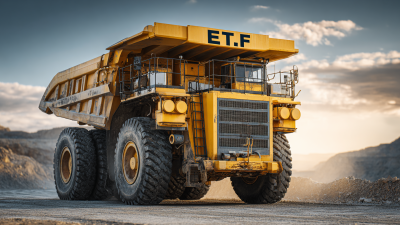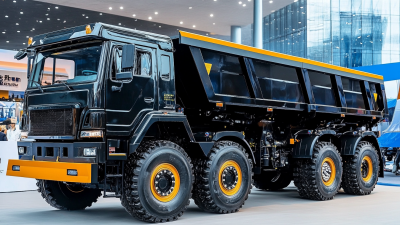In the ever-evolving landscape of mining operations, the role of mining trucks has become increasingly crucial to ensure efficiency and productivity. This guide delves into the various types of mining trucks that are currently leading the industry in 2023, examining their specifications, capabilities, and the specific applications they serve. Understanding the different types of mining trucks is essential for mining companies looking to optimize their fleet, improve operational performance, and enhance safety measures on-site. From rigid dump trucks designed for heavy loads to articulated haulers that navigate challenging terrains, each type plays a vital role in the logistics of mining. Whether you're a seasoned professional or new to the field, this exploration of mining truck types will provide you with the insights necessary to make informed decisions regarding equipment selection and investment in your mining operations.
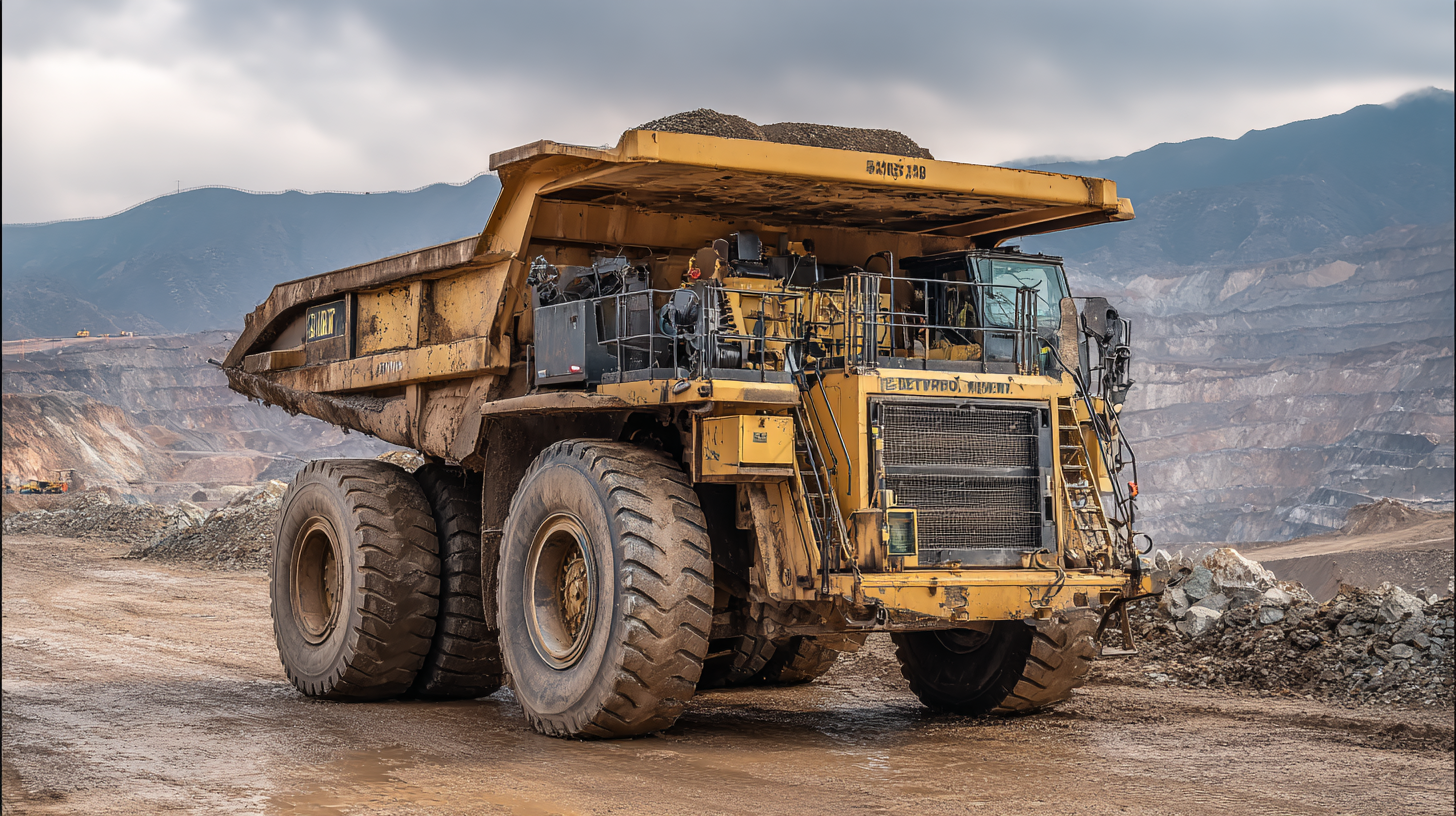
Mining trucks are vital for transporting materials in the harsh environments of mines. Designed to endure rugged terrains and heavy loads, these vehicles come equipped with features that enhance their performance and efficiency. A key characteristic of mining trucks is their high payload capacity, which allows them to carry significant amounts of material, thus ensuring operational effectiveness. Additionally, their robust suspension systems and durable tires are tailored for stability and traction, enabling them to navigate challenging landscapes.
Another crucial aspect of mining trucks is their powerful engines, which provide the necessary torque for hauling heavy loads over long distances. Many models incorporate advanced technologies such as GPS tracking and telematics systems, which optimize logistics and monitor vehicle performance in real-time. Furthermore, safety features like rollover protection and automatic braking systems are essential, ensuring the well-being of operators and reducing the likelihood of accidents. Understanding these features is essential for mining operations, as they directly impact productivity and operational costs.
| Truck Type | Payload Capacity (tons) | Engine Power (HP) | Weight (kg) | Max Speed (km/h) |
|---|---|---|---|---|
| Rigid Dump Truck | 100 | 750 | 60,000 | 50 |
| Articulated Dump Truck | 35 | 400 | 30,000 | 45 |
| Electric Drive Truck | 200 | 1000 | 70,000 | 60 |
| Ultra-Class Truck | 400 | 3500 | 200,000 | 64 |
| Mining Loader Truck | 50 | 500 | 40,000 | 30 |
Mining trucks are an essential component of the surface mining industry, designed to transport large quantities of materials efficiently. In 2023, various types of mining trucks are available, each tailored to meet specific operational demands. For example, rigid dump trucks are renowned for their high payload capacity and stability, making them ideal for transporting heavy loads over uneven terrain. On the other hand, articulated dump trucks offer enhanced maneuverability and are suited for more challenging environments. Both types play critical roles in enhancing productivity and operational efficiency in mining operations.
Tips: When selecting mining trucks, consider the specific requirements of your operation, including load capacity, terrain type, and fuel efficiency. It’s crucial to assess the total cost of ownership, including maintenance and fuel consumption, to make an informed decision.
With the expected growth of electric vehicles in the mining sector, innovations are making significant strides towards sustainability. Mining trucks powered by electric technology are not only reducing emissions but also promising lower operating costs in the long run. As the industry moves towards greener practices, understanding the different types of mining trucks and their specifications will be essential for businesses looking to stay competitive while prioritizing environmental responsibility.
When selecting mining trucks, understanding their specifications is crucial for optimizing both performance and safety in harsh environments. Key factors to consider include payload capacity, engine power, and fuel efficiency. A higher payload capacity allows for more efficient operations, enabling the transport of larger quantities of materials in a single trip.
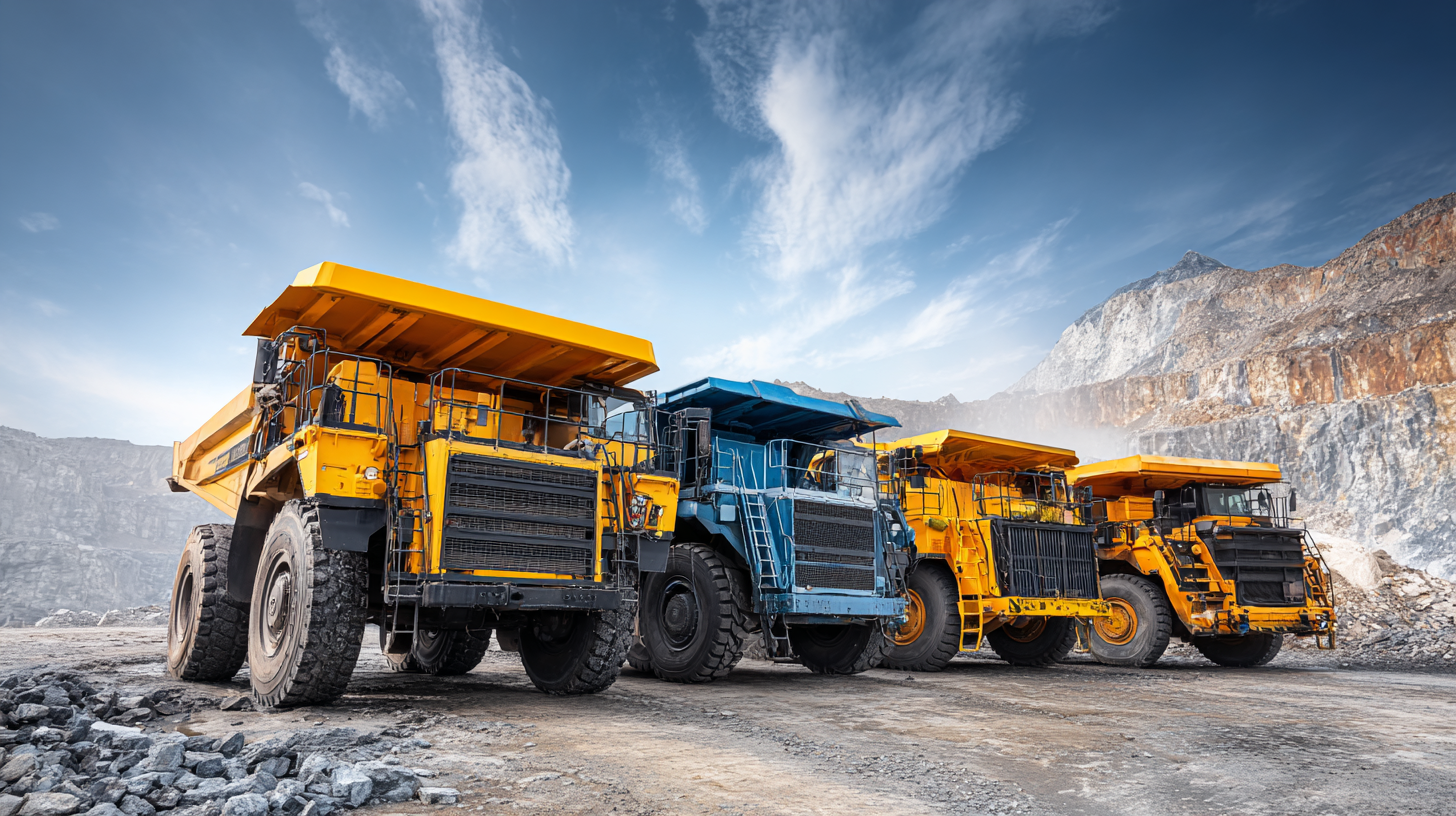 Engine power, typically measured in horsepower, directly influences the truck's ability to navigate rugged terrains and heavy loads, making it essential to choose a model that meets the demands of the specific mining site.
Engine power, typically measured in horsepower, directly influences the truck's ability to navigate rugged terrains and heavy loads, making it essential to choose a model that meets the demands of the specific mining site.
Additionally, the design and durability of mining trucks play a significant role in their overall performance. Look for trucks with high-quality materials and robust construction optimized for abrasiveness and impact, as they reduce maintenance costs and downtime. Features such as advanced braking systems, stability controls, and ergonomic design enhance operator safety and comfort, further improving productivity. In summary, thorough analysis of these specifications helps ensure the right investment in mining trucks tailored to operational needs.
When selecting the right mining truck for your operations, several critical factors must be considered to ensure optimal productivity and safety. Firstly, understanding the specific needs of your mining environment is paramount. Factors such as the terrain, load capacity, and the distance materials need to be transported will significantly influence the type of truck you should choose. For example, if your operation involves steep slopes, selecting trucks with enhanced maneuverability and power can improve efficiency and reduce wear and tear.
Another important aspect to evaluate is the truck's energy consumption and operational cost. As sustainability becomes increasingly crucial in the mining industry, opting for vehicles that optimize energy usage can lead to significant cost savings over time. Moreover, with advancements in technology, features such as tire specifications and transmission fluid requirements have evolved, allowing fleet managers to enhance their vehicle performance further. Paying attention to these specifications ensures that the chosen mining truck not only meets current demands but is also prepared for future operational challenges.
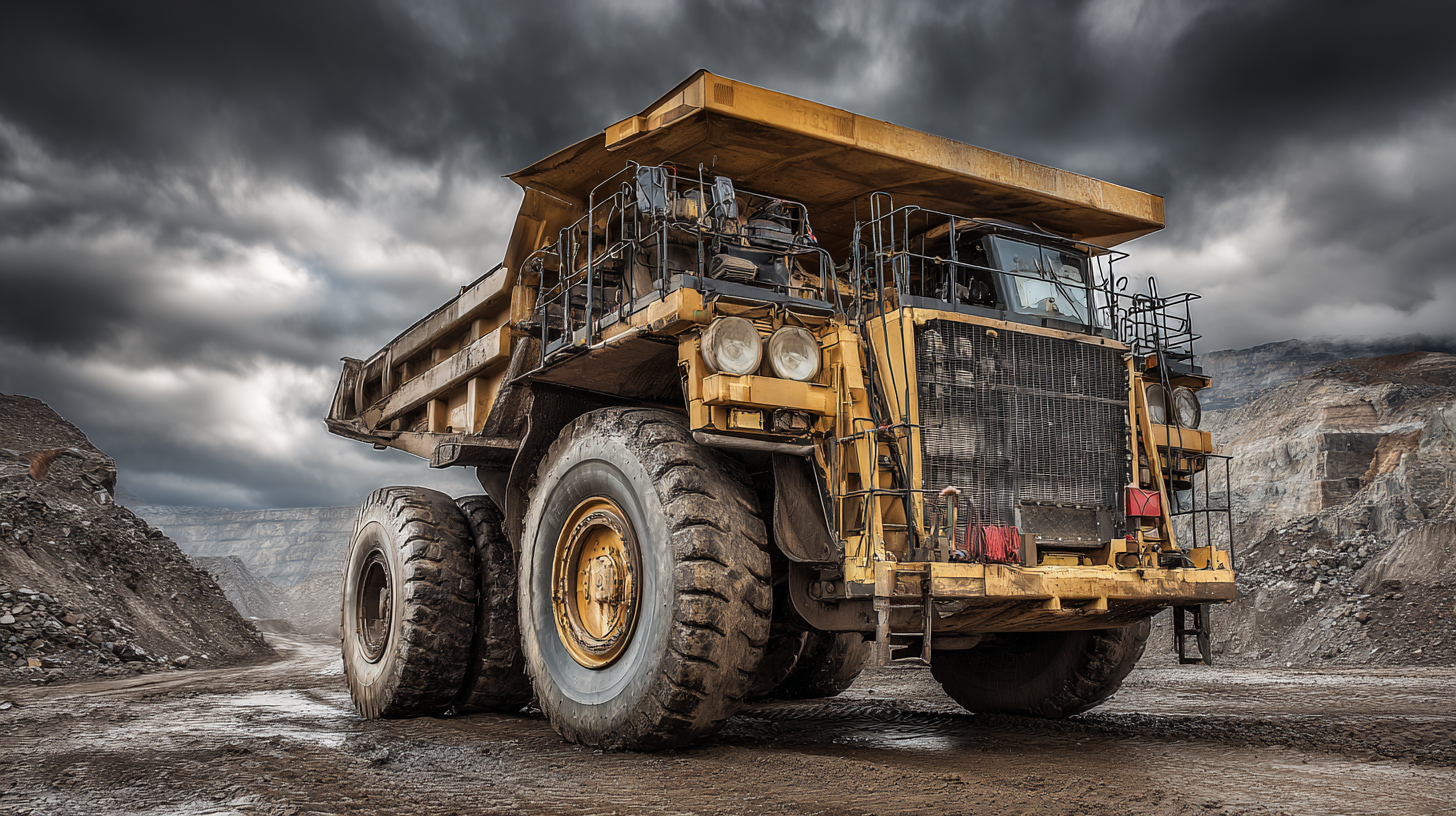
The future of mining truck technology is set to undergo significant transformations as we head into 2023. Innovations aimed at maximizing efficiency and sustainability are at the forefront. One of the most anticipated advancements includes the integration of electric and hybrid powertrains. These innovations not only promise to reduce emissions but also help in decreasing operational costs. Moreover, manufacturers are investing in battery technology to enhance performance and extend the range of these trucks, making them more viable for extensive mining operations.
In addition to powertrain advancements, the adoption of automated and autonomous trucks is a key trend impacting mining operations. These systems can significantly improve safety by minimizing human error and reducing accidents in hazardous environments. Furthermore, advancements in telematics and data analytics are enabling real-time monitoring of truck performance and health, facilitating proactive maintenance and improving overall productivity. As the mining industry embraces these technologies, we can expect to see a shift towards a more efficient and environmentally friendly approach to mining truck operations.
